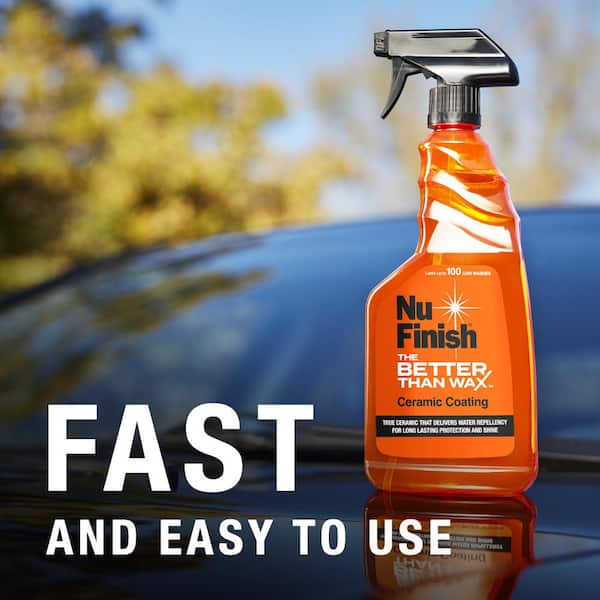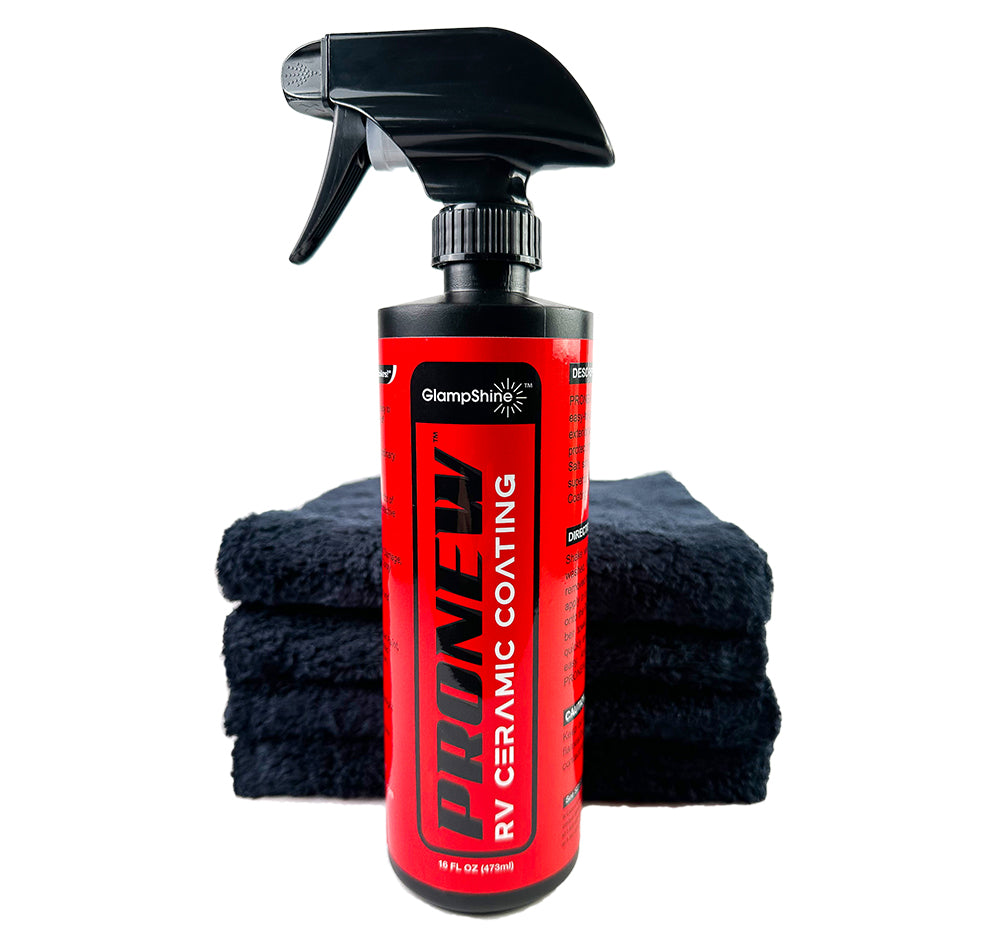Why Ceramic Coating Is the Ultimate Service for a Flawless End Up
Ceramic finishing has arised as a leading solution for those seeking a remarkable finish for their lorries, many thanks to its remarkable toughness and safety features. What elements absolutely set ceramic finishing apart?
What Is Ceramic Coating?

When applied properly, ceramic coating creates a hydrophobic surface area that repels water and dirt, making it simpler to preserve and clean. Unlike conventional waxes or sealants, which commonly use short-lived protection, ceramic finishes can last for several years, relying on the item high quality and application technique. The procedure of using ceramic covering needs precise prep work, including detailed cleaning and sometimes paint improvement, to ensure ideal bonding and effectiveness.
Ceramic coverings are not restricted to automotive surfaces; they can additionally be utilized on numerous materials, consisting of glass, metal, and plastics, giving a flexible remedy for enhancing defense. Generally, ceramic coating represents a substantial development in surface area defense innovation, incorporating both aesthetic and practical advantages for a large range of applications.
Benefits of Ceramic Covering
While several surface protection alternatives exist, the benefits of ceramic finish attract attention due to its one-of-a-kind buildings and durable performance. Among the key advantages is its extraordinary durability. Ceramic Coating Philadelphia. Unlike conventional wax or sealants that call for constant reapplication, ceramic coverings supply a resilient layer that can last for several years, considerably reducing maintenance initiatives
One more significant advantage is enhanced protection versus ecological contaminants. Ceramic coverings create a hydrophobic surface area that repels water, dust, and different contaminants, making it simpler to cleanse. This attribute not just protects the vehicle's appearance but additionally reduces the danger of deterioration and oxidation, specifically in extreme climate condition.
In addition, ceramic finishes use superior resistance to UV rays, preventing fading and deterioration of paint gradually. This UV security is important for preserving the visual value of surfaces and automobiles subjected to guide sunlight.
In addition, the glossy finish attained with ceramic finishing improves the general visual appeal, offering surfaces a showroom-quality shine. In general, ceramic finishings stand for a considerable improvement in surface security technology, giving enduring advantages that provide to both practical and visual demands.
Exactly How It Works
Recognizing the science behind ceramic finishes exposes how they supply such amazing security and long life. At its core, a ceramic finishing is a liquid polymer that chemically bonds with the car's manufacturing facility paint. This bonding produces a safety layer that is both oleophobic and hydrophobic, repelling water, dust, and oil. The primary element of a lot of ceramic finishings is silicon dioxide (SiO2), which is acquired from quartz. This substance adds to the finish's hardness and resistance to scrapes, UV rays, and ecological contaminants.
The application procedure includes numerous steps, including important site surface prep work, which is essential to accomplishing optimum adhesion. As soon as applied, the finish undertakes a healing process, throughout which it solidifies and forms a semi-permanent bond with the paint surface. This bond is what identifies ceramic finishings from traditional waxes and sealants, supplying a longer-lasting safety barrier that can endure for years.
Furthermore, the density of the finish can boost its safety qualities, making sure that it can endure severe problems. Inevitably, the scientific research of ceramic finishes integrates innovative materials with cutting-edge application strategies to provide an unequaled level of protection and aesthetic improvement for vehicles.
Comparison With Traditional Techniques
The advantages of ceramic finishes end up being especially apparent when compared to standard paint protection methods such as sealers and waxes. While waxes provide a short-lived sparkle, typically lasting a couple of weeks to a number of months, ceramic coatings offer a lasting protective layer that can endure for several years. This longevity substantially decreases the regularity of reapplication, making ceramic finishings an extra cost-efficient remedy with time.
Additionally, standard approaches commonly need extensive preparation and numerous applications to attain an acceptable degree of protection. On the other hand, ceramic finishes bond at a molecular level with the car's surface area, developing a durable guard versus ecological impurities like UV rays, acid rainfall, and roadway salts. This bond boosts the lorry's resistance to scrapes and swirl marks, which are prevalent with standard waxes and sealants.
Furthermore, the hydrophobic residential or commercial properties of ceramic layers ward off water and dust, bring about easier cleansing and maintenance. In comparison, wax and sealant-treated surface areas can attract grime, requiring even more frequent washing - Ceramic Coating Philadelphia. Generally, ceramic finishes not only offer remarkable defense yet likewise supply a much more visually attractive and long-lasting surface, establishing them as the recommended selection for critical vehicle proprietors
Application and Upkeep Tips

Utilizing a foam applicator, use the finishing in little sections, adhering to the maker's standards regarding density and overlap. Permit sufficient healing time between coats, usually 24 hr, to make certain proper bonding. After application, it is vital to avoid exposure to water or harsh aspects for at the very least a week to allow the finishing to totally heal.
Furthermore, using a ceramic check over here maintenance spray can enhance the like this finishing's hydrophobic homes and longevity. Regular assessments for any kind of indicators of wear will certainly aid keep the finish's stability and maintain that immaculate finish.
Conclusion
In conclusion, ceramic finish emerges as an exceptional choice for attaining a perfect vehicle finish. Its phenomenal resilience, safety qualities, and hydrophobic homes considerably improve the lorry's look while streamlining upkeep efforts. By creating a robust bond with manufacturing facility paint, ceramic finishing properly shields against scrapes, UV rays, and ecological impurities. With a lifespan expanding a number of years, this advanced option not just protects however additionally boosts the overall aesthetic allure of cars, making it a cost-effective financial investment for vehicle lovers.
